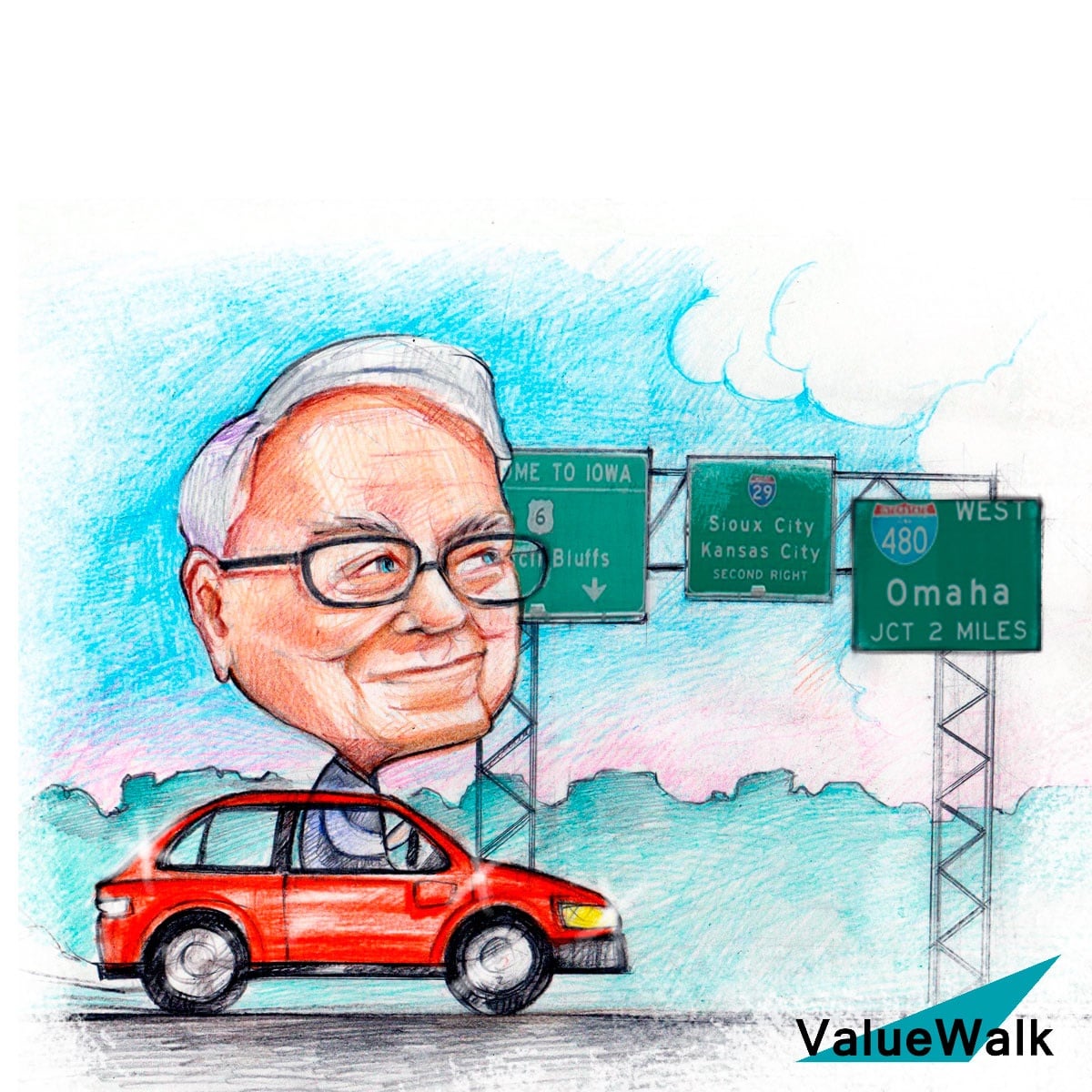Buffett and Munger annual meeting from 2000 video below stay tuned for much more older meeting videos
OK if everyone is ready we're ready to start answering. Hi my name is Steve Czech come from Costa Mesa California. My question is regarding stock options. I've taken your suggestion and have been attempting to track stock option compensation from reported income when evaluating companies. When I read an annual report I usually find companies estimating option cost using the Black-Scholes model. However the assumptions going into the Black-Scholes model seem quite different from company to company. These assumptions of course are what is used for risk free interest rates quote unquote risk free interest rate expected option lives even though options have stayed alive and expected volatility. Help me out a little bit. What is the best way to calculate option costs. Do you think Black-Scholes is appropriate. If so how should we normalize the assumptions and just one short follow up. How can we possibly estimate future earnings for companies when companies such as even Microsoft last week in response to a lower stock price simply reissue a bunch of new options. Now I can tell you from some personal experience that companies attempt to use the lowest figure they can even though it doesn't hit the income account. So they liked it they liked to make fairly short assumptions as to as to the life of the options even though they're granted on a 10 year basis because I make certain assumptions about exercise date or forfeiture and so on.
I think the most appropriate way when you've got a pattern which you have at many companies are what they do and options is simply to make an educated guess as to the average option issuance that they're going to incur or they're going to like to do over time. And generally I mean what you're what you really wanted if you were to be precise you would try to figure out what they could have sold those options for in the open market because that's that's that is the opportunity cost of giving them to the employees instead of instead of selling the same option in the market. I think you'll find generally that if you take a value of about a third per Ten-Year option of taking a value of about a third obviously depends on dividend rate and volatility a whole bunch of things but about a third of the of the market value strike price at the time they issued that's the expectable cost. We believe in using the expectable cost versus the actual cost. I mean that is how we would look at it if we were issuing options at Berkshire and we issued options on 100 million dollars worth of stock a year. We would figure it was costing us probably in our case with no dividend at least 35 million dollars a year to issue those options and we would figure that if we gave people 35 million dollars in some other form of of of result oriented compensation that would be a wash and that is not the way most managements of course figure at least that's my experience. And we would figure we could use that 35 million in a more shareholder oriented way and one where the employee was productive would be sure of getting results as opposed to having it be at the whims of the market.
And I think you'll see a lot of option repricing everybody says they won't reprice their options until they do it. And I think you'll see that with a lot of schemes I know it will be interesting to see whether Conseco is willing to bankrupt all the executives who who made loans to buy the stock and have those loans guaranteed by the company and the company initially said they would.






